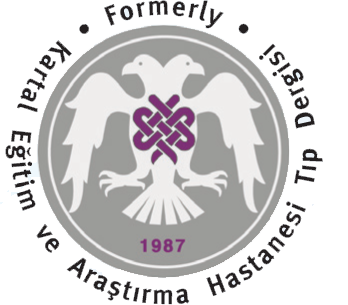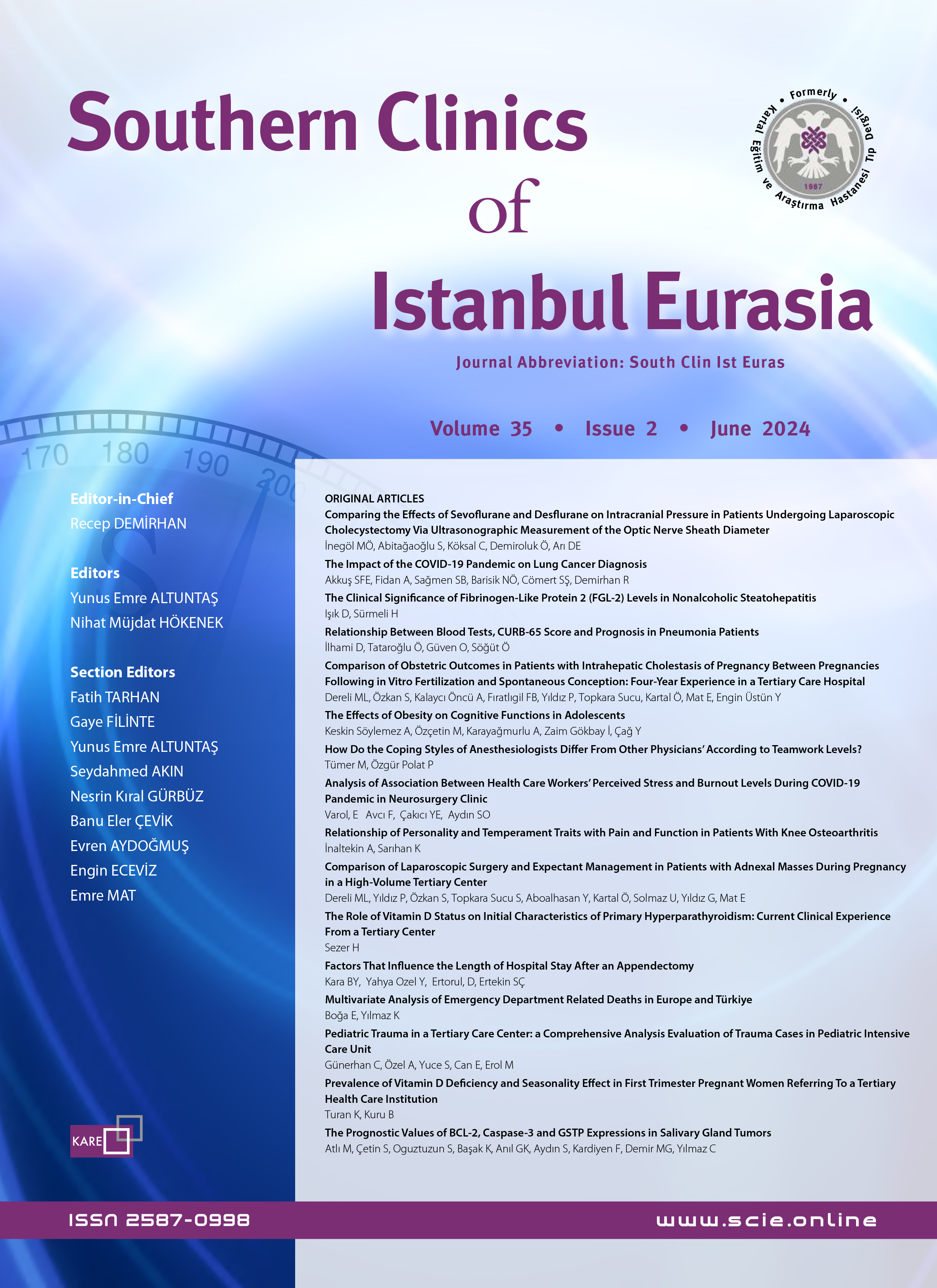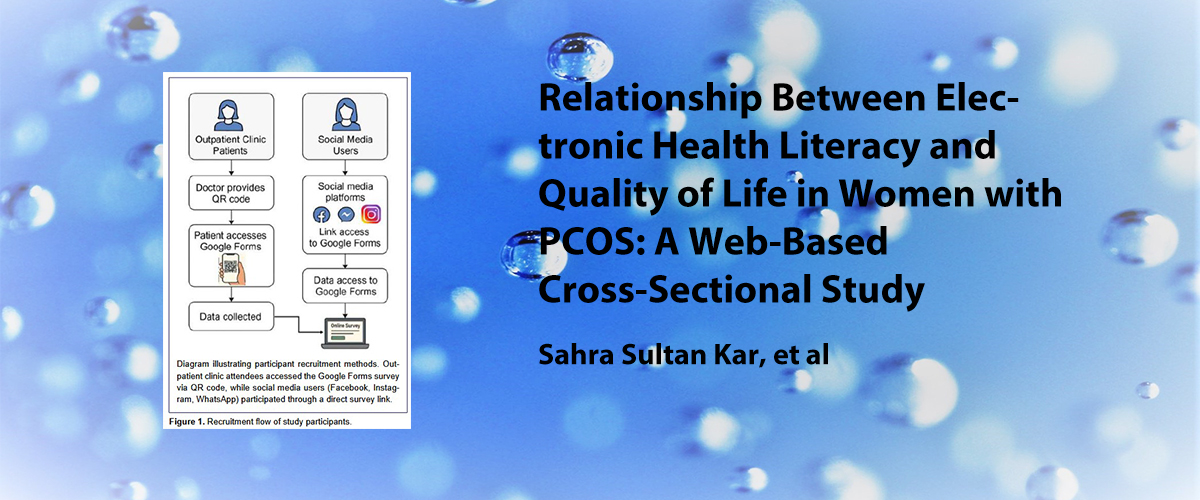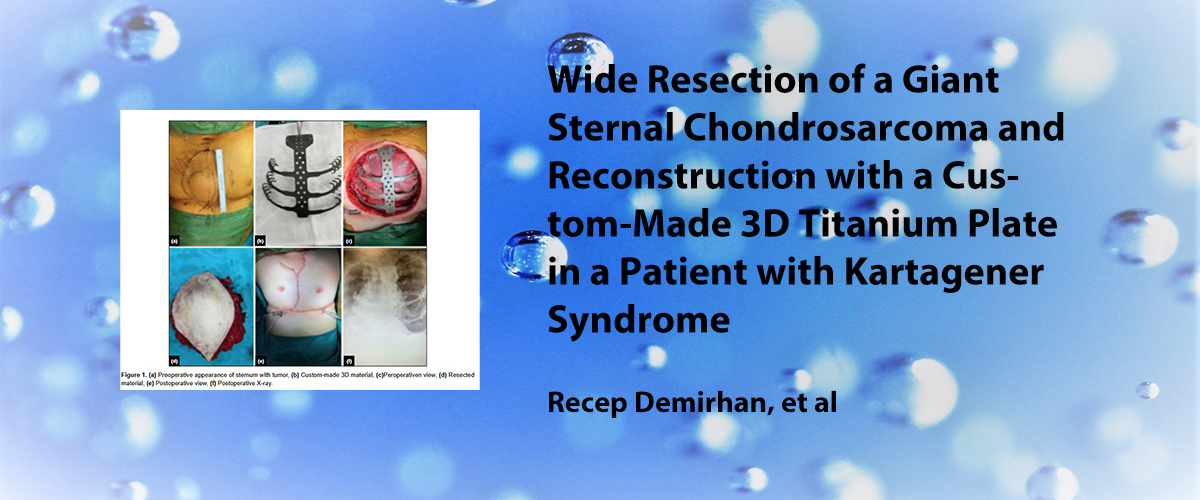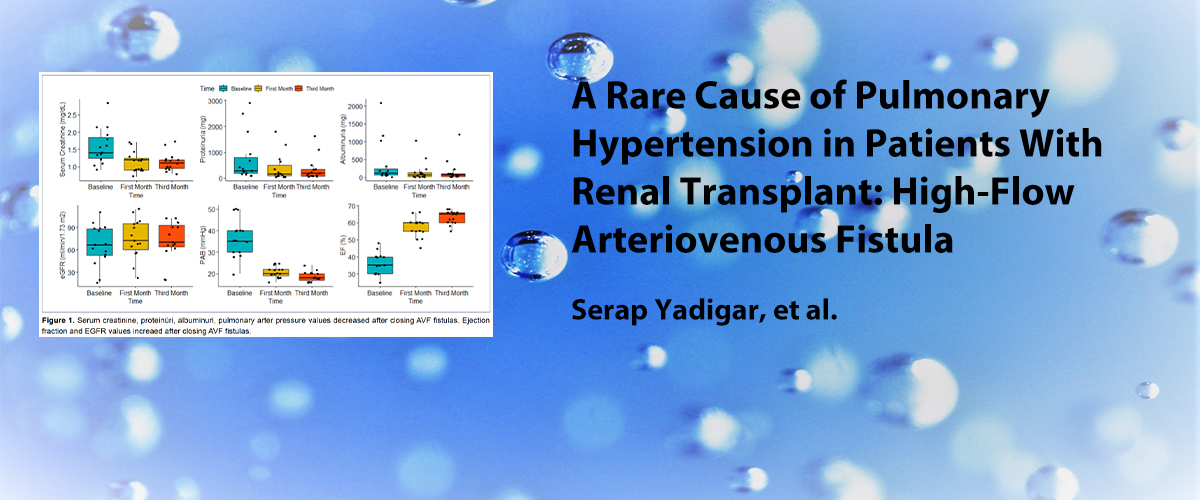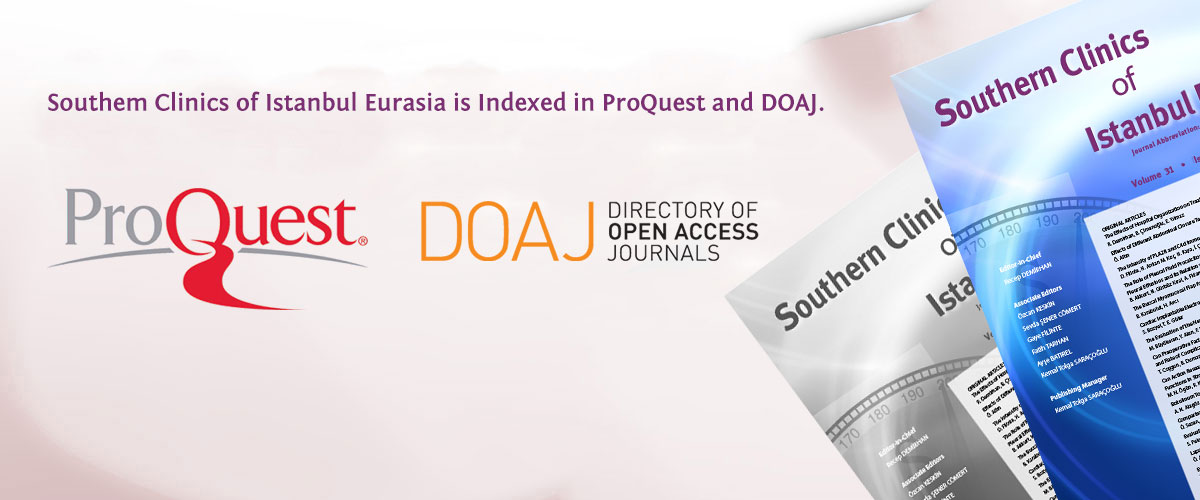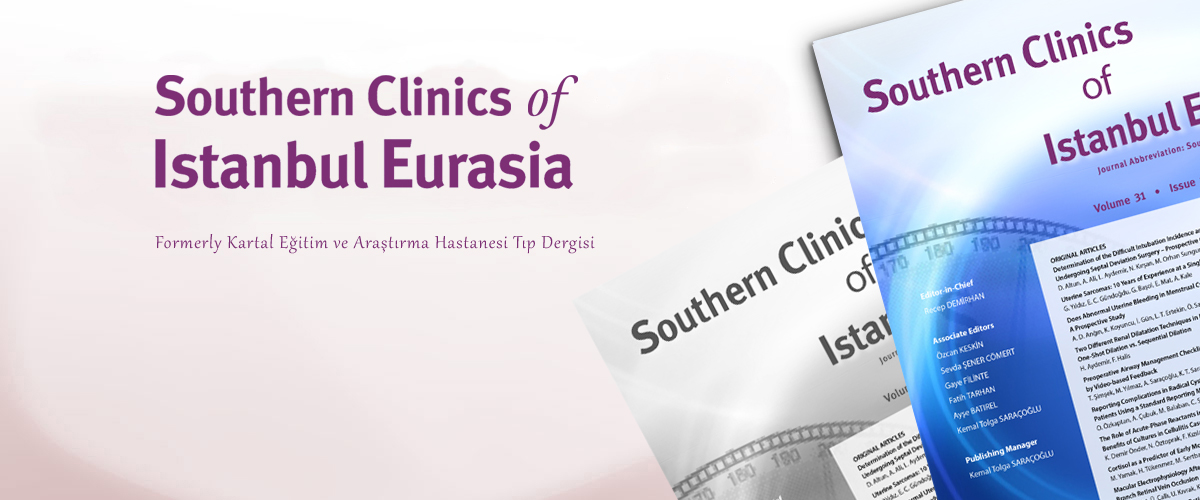ISSN : 2587-0998
Fasiyal Arter Perforatör Flep ile Orta Yüz Bölgesi Defektlerinin Onarımı: Literatürün Gözden Geçirilmesi
Murat Sarıcı1, Ahmet Adnan Cırık2, Gaye Taylan Filinte1, Tunç Tunçbilek11Sağlık Bilimleri Üniversitesi Kartal Dr Lütfi Kırdar Eğitim ve Araştırma Hastanesi, Plastik Cerrahi Kliniği, İstanbul2Sağlık Bilimleri Üniversitesi Ümraniye Eğitim ve Araştırma Hastanesi, Kbb Kliniği, İstanbul
Amaç: Nazal, perinazal ve infraorbital defektleri genellikle travma ve tümör eksizyonu sonrası ortaya çıkar. Bu bölgelerin rekonstrüksiyonunda iyi renk ve doku uyumunun yanında fonksiyonel kaybın olmaması veya en aza indirgenmesi ve çevre yapılarda bozulma yaratmaması da önemli noktalardır. Bu yazıda fasiyal arter perforatör flep ile rekonstrüksiyonu yapılmış orta yüz bölge defektleri sunulmaktadır.
Gereç ve Yöntem: 2008 ile 2017 yılları arasında 19 hasta orta yüz bölgesindeki tümöral kitleler nedeniyle ameliyat edildi. Lezyonlar uygun cerrahi sınırlar ile eksize edildikten sonra ortaya çıkan defektler fasiyal arter perforatör flepler ile onarıldı. Her bölgenin rekonstrüksiyonunda o bölgenin anatomik yapılarının ve fonksiyonlarının bozulmaması veya yeniden sağlanmasına özen gösterildi. Alt göz kapağında ektropiyonu engellemek için flep periosta sabitlendi. Tüm flep donör alanları primer onarıldı.
Bulgular: Bir hastada venöz yetmezlik, bir hastada hematom ve ekimoz gelişti ancak bunlara rağmen bir flep kaybı yaşanmadı. Ayrıca iki hastada fleplerde trap door deformitesi gelişti. Bu hastalar dışında hastaların tamamı estetik ve fonksiyonel açıdan sonuçlardan memnun kaldı.
Sonuç: Orta yüz bölge defektlerinin rekonstrüksiyonunda fasiyal arter perforatör flebi, tek seanslı olması cerraha flep dizaynı ve taşınmasında serbestlik ve rahatlık sağlaması ve donör alanın primer kapatılarak kabul edilebilir görünüme kavuşması ile çok kullanışlı bir seçenektir.
Anahtar Kelimeler: Fasiyal arter, orta yüz, perforatör flep.
Reconstruction of Midface Defects with the Facial Artery Perforator Flap: A Review of the Literature
Murat Sarıcı1, Ahmet Adnan Cırık2, Gaye Taylan Filinte1, Tunç Tunçbilek11Department of Plastic Surgery University of Health Sciences Kartal Dr. Lütfi Kırdar Training and Research Hospital, İstanbul, Turkey2Department of Otorhinolaryngology, University of Health Sciences Ümraniye Training and Research Hospital, İstanbul, Turkey
Objective: Defects of the nasal, perinasal, and infraorbital areas usually develop after trauma or tumoral excision. The key points of reconstruction of these areas are achieving a good color match and tissue compatibility, avoiding or minimizing functional deficits, and preventing disfigurement in the surrounding tissue. This study is a review of midfacial defects reconstructed with a facial artery perforator flap.
Methods: Nineteen patients were operated on for midfacial tumoral masses between 2008-2017. After excision of the lesion with the appropriate surgical margins, the resulting defects were reconstructed with facial artery perforator flaps. Recovering the anatomical and functional structure of the area or avoiding deterioration was the goal. In order to avoid ectropion, flaps were anchored to the periosteum when the lower eyelid was involved. All flap donor sites were primarily repaired.
Results: In 1 patient, venous insufficiency was observed, and in another, hematoma and ecchymosis developed, but flap failure did not occur. A trap door deformity was observed in 2 flaps. The patients were satisfied with the aesthetic and functional outcomes.
Conclusion: The facial artery perforator flap is a good option for reconstruction of midface defects because it is elevated in a single stage, it provides freedom to design and transfer, and the donor site can be primarily closed.
Keywords: Facial artery, midface, perforator flap.
Makale Dili: İngilizce

